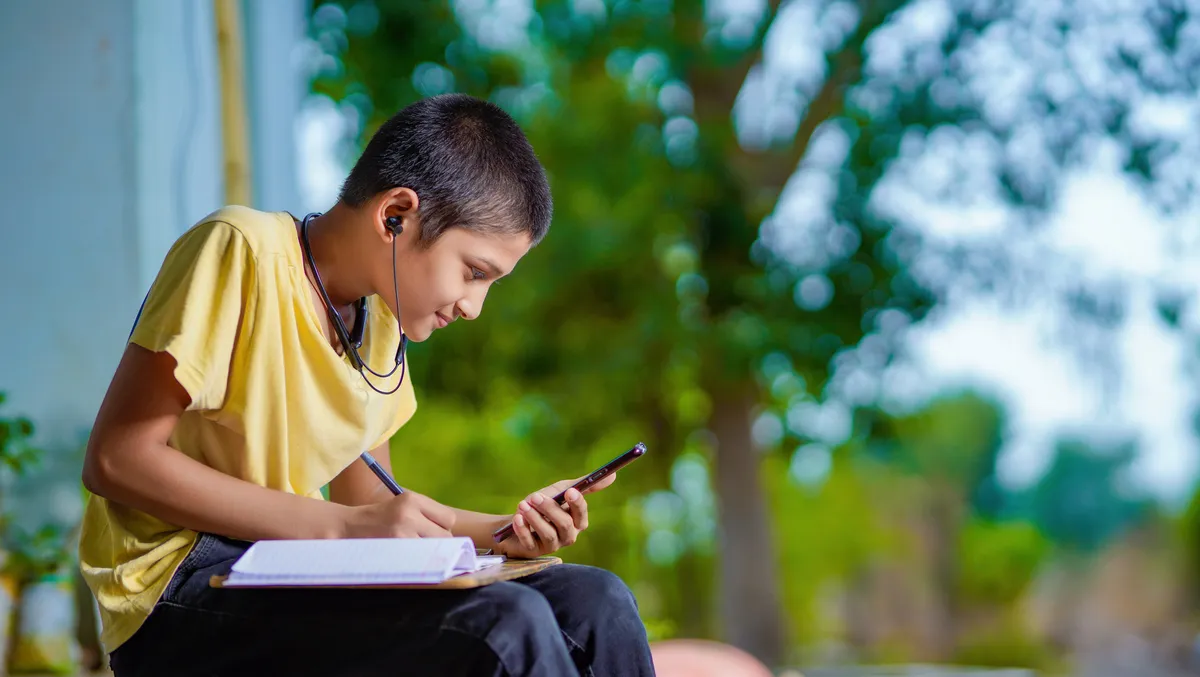
Case study: Bringing the digital world to remote Thailand
According to the International Telecommunication Union (ITU), more than half the world's population has limited internet access. Moreover, of the 60% or more households globally with no broadband connection, the majority live in remote and rural areas.
In the undulating mountains of Chiangmai, an area known locally as the "Rose of Northern Thailand", many unconnected remote villages are scattered in the folds of the mountains, including Thai student Pornfah's village, Maetoh and Banmaetoh school where she studies.
With the surrounding mountains acting as a natural and very effective barrier, her village is hard to access, and poverty is rife. With no broadband connectivity, Pornfah and her classmates had limited access to information, relying on the outdated content of textbooks. Using computers and surfing the internet were distant dreams.
Visualising the problem
The main access route connecting the village to the nearest city is a mountain road that spans 60 kilometres. However, the terrain and lack of a drainage system cause flooding whenever it rains, lending to the local nickname "Water Road". And it's not just traffic that is blocked – the isolation prevents students from progressing in their studies and the local community from escaping poverty.
One of Pornfah's neighbours suffers from a serious skin condition, and as local healthcare facilities are poorly equipped, they have to jump on the back of their friend's scooter to get to the nearest city when the pain is too much to bear. That takes them a whole day, a significant hit for a farmer with a family to support.
Another local resident, In, said that as the income of the villagers here is so low, she often has to take her strawberries down the mountain to sell at the local market. As the buyers know she had to travel so far, they tend to offer low prices, knowing she would rather sell the strawberries than take them home to rot. Despite In's frustration, there was little she could do.
However, while unconnected, Maetoh and other villages like it have not been forgotten. Led by the Office of The National Broadcasting and Telecommunications Commission (NBTC), the vision of "The Country of One Digital" program under the USO NET project laid fiber optic cables to connect Maetoh.
From remote to within reach in one year
A new chapter began for Maetoh as broadband and Wi-Fi networks were connected, giving the village access to the entirety of the internet. This marked a historic moment for the small village rooted in the mountains of Chiang Mai for over 100 years.
In the USO NET Center, Pornfah and her schoolmates are now able to use computers to access the internet, levelling the playing field to information access and enabling local children to pursue knowledge in the same way that students in cities can.
The benefits don't end at the school gates either. The telemedicine service provided at the USO NET Center means that Khan can pop into the centre and use a portable medical device to receive a consultation. The village doctor then forwards the collected data to the city specialist through real-time imaging for a more detailed remote consultation, taking the pressure off Khan to make long trips to the city.
In's strawberry business is on the rise, as she can now sell her produce through live online broadcasts and, like many other local farmers, is seeing her income steadily rise. Training provided by the USO team will also help more villagers change their lives online.
The village's elderly residents can stay in touch with their younger relatives working in the city and also learn more about what is going on in the outside world.
"The USO 2.0 project has provided broadband services to 19,652 villages and the USO 3.0 project is being planned. NBTC is committed to providing greater bandwidth and a more convenient network service for villagers," says Sutisak Tantayotin, Deputy Secretary General, NBTC.
How was the digital bridge built?
In 2018, the project team found that the residents living in the mountainous areas of Chiang Mai were not just far from the city but also scattered across the village. In addition, the traditional fiber-to-the-home (FTTH) solution requires equipment rooms, and dozens of kilometres of large-core fiber cables would be far too costly, creating a large footprint and an unsustainable connectivity model.
In contrast, Huawei's AirPON solution could reuse existing poles and fiber resources, creating what they describe as an "air network equipment room".
AirPON has quickly emerged as a technology of choice that can help service providers quickly provide high-quality gigabit fiber broadband services to remote and difficult-to-reach areas by using existing poles and optical fiber resources. At the same time, AirPON is green and consumes little power.
"The AirPON solution attaches the OLT device to a local signal pole, bringing more people the internet. We're so proud to be part of the USO project," adds Kunanon Donkusol, Senior Engineer, Huawei Thailand.


